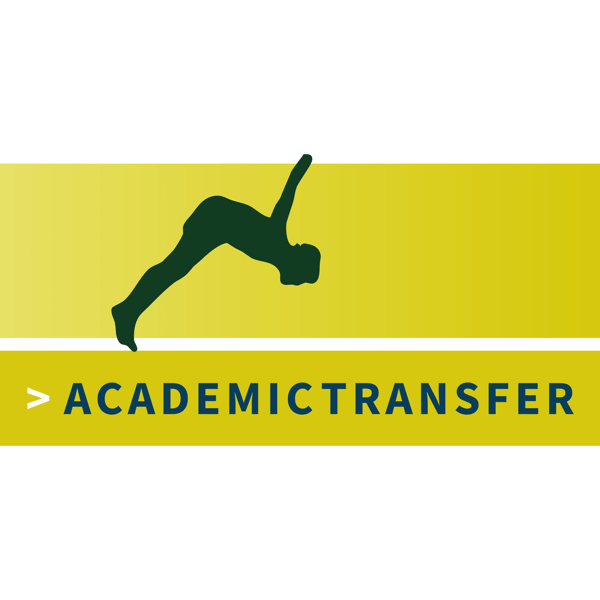
PhD Talk for AcademicTransfer: Diversity, Equity, and Inclusion in Academia
This post is part of the series PhD Talk for AcademicTransfer: posts written for the Dutch academic career network AcademicTransfer, your go-to resource for all research positions in the Netherlands.
These posts are sponsored by AcademicTransfer, and tailored to those of you interested in pursuing a research position in the Netherlands.
If these posts raise your interest in working as a researcher in the Netherlands, even better – and feel free to fire away any questions you might have on this topic!
2020 and the global COVID-19 pandemic did not only help us to realize how important health, research, and good access to health care are, but also how much change is still necessary in our societies to reach (social and racial) justice.
Academia is the produce of white, able-bodied, upper-class men, and many assumptions and constructs in academia work against those who don’t fit this mold. So, what can we do to reach more diversity, equity, access, and inclusion in academia? In this post, I share a few ideas:
- Take stock. First of all, you need to know the numbers. What are the demographics of the place where your university is located? What are socio-demographic characteristics of your university? How much of a mismatch is there? How much of a gender imbalance is there? Hos is the LGBTQ+ community represented on your campus? How much of a social class imbalance is there? How much of an imbalance based on ethnicity is there? How much of an imbalance is there towards able bodies only? For all these categories, I invite you to look at the numbers for students, faculty, and administrators. How have all these numbers evolved over the past years? Try to get a clear picture of the situation.
- Find the reasons behind the current situation. Most likely, there will be a mismatch between the socio-demographic aspects of your university and the region it caters to. Which part of the demographics are most skewed? What is the cause of this imbalance? It may be difficult to find a clear answer, and it may require more time and research effort to properly address this. If that’s the case, it may be time to call for a task force at your university to see the main sources of the imbalance.
- Scholarships and support programs. Until the imbalances are removed, scholarship programs can help students from under-represented backgrounds to get access to your university. Similarly, support programs to hire faculty from under-represented groups may be necessary as a temporary measure to get to equilibrium faster.
- Mentoring programs. For those who are navigating a system that was not designed by and for them, academia can be unwelcome and alienating. For this reason, mentoring programs can be a strong force to support those who are under-represented and not carried by the system.
- Lift up diverse voices. While we don’t want to always put forward the same person as the Token Female or Token Person of Color (which is just plain exhausting for them), we do want to make sure diverse voices are heard. For this purpose, I invite you to think of under-represented groups when you recommend reviewers, when you nominate colleagues for an award, and when you put together the material for your syllabus.
- Pick your battle. There’s a lot of injustice in academia to correct, and the mere thought of all the work that needs to be done, can be exhausting. Therefore, I’m going here with the advice Dr. Tanya Golash-Boza gave on the PhD Talk podcast: select one thing that resonates with you, and start to work from there.
- An inclusive classroom. As educators, the choices we make in our classroom directly impact how our students feel included or not. How much of the way we teach is geared towards white, upper-class, able-bodied men? And how much of our material can we change, step by step, to have a more diverse, equitable, and inclusive syllabus, set of teaching and learning activities (and the materials necessary and provided for these), and how many assumptions on students’ background that are biased can we question and alter?
What are you doing in your university to bring more diversity, equity, and inclusion?




… [Trackback]
[…] Informations on that Topic: evalantsoght.com/2021/06/phd-talk-for-academictransfer-diversity-equity-and-inclusion-in-academia.html […]
… [Trackback]
[…] Read More to that Topic: evalantsoght.com/2021/06/phd-talk-for-academictransfer-diversity-equity-and-inclusion-in-academia.html […]
… [Trackback]
[…] Read More Info here to that Topic: evalantsoght.com/2021/06/phd-talk-for-academictransfer-diversity-equity-and-inclusion-in-academia.html […]
… [Trackback]
[…] Info to that Topic: evalantsoght.com/2021/06/phd-talk-for-academictransfer-diversity-equity-and-inclusion-in-academia.html […]
… [Trackback]
[…] Read More to that Topic: evalantsoght.com/2021/06/phd-talk-for-academictransfer-diversity-equity-and-inclusion-in-academia.html […]
… [Trackback]
[…] Information on that Topic: evalantsoght.com/2021/06/phd-talk-for-academictransfer-diversity-equity-and-inclusion-in-academia.html […]
… [Trackback]
[…] Find More Info here on that Topic: evalantsoght.com/2021/06/phd-talk-for-academictransfer-diversity-equity-and-inclusion-in-academia.html […]